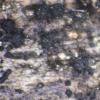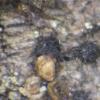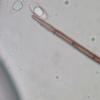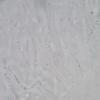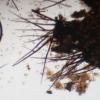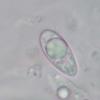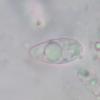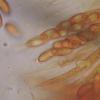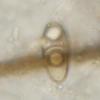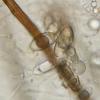
09-07-2015 18:28
 Lothar Krieglsteiner
Lothar Krieglsteiner
... in the area of the Dovrefjell National Park, m

09-07-2015 18:37
 Lothar Krieglsteiner
Lothar Krieglsteiner
In the area of Telemark (southern Norway), at the

08-07-2015 21:15
Hi again These inmersed stromata were collected o

08-07-2015 14:33
Steve ClementsHi,This minute fringed disco was abundant on dead

06-07-2015 10:03
 Hans-Otto Baral
Hans-Otto Baral
HelloDoes anybody have access to this paper?Davids

28-06-2015 12:32
Eduard OsieckDoes somebody has available:Cannon & Minter 20

05-07-2015 22:21
Marcus YeoI'm trying to get hold of the following reference:
Setose pyrenomycete
Gernot Friebes,
07-07-2015 13:30
here is the second fungus. Again a short description:
On decorticated parts of a branch of presumably Fagus. The ascomata have long, dark setae that are slightly bent upwards. The asci are biseriate, negativ in IKI and very delicate. They measure about 80-100 x 12-15 µm. The ascospores are oval, filled with one big and a few smaller drops and measure about 14-16 x 6-7 µm. They are again rather delicate and tend to collapse quickly when observed in water. The paraphyses are filiform.
Thanks and best wishes,
Gernot
Björn Wergen,
10-07-2015 15:32

Re : Setose pyrenomycete
Hi Gernot,
quite interesting, Zaca (portugal) postet a rather similar species in April, I have studied it. But Ascus tips react blue in IKI. Are you sure not to have seen any reaction?
I have identified the collection as Lasiobertia sp, but there was no described species fitting. Without ascus porus reaction, I think your one belongs to Coronophorales.
regards,
björn
quite interesting, Zaca (portugal) postet a rather similar species in April, I have studied it. But Ascus tips react blue in IKI. Are you sure not to have seen any reaction?
I have identified the collection as Lasiobertia sp, but there was no described species fitting. Without ascus porus reaction, I think your one belongs to Coronophorales.
regards,
björn
Gernot Friebes,
11-07-2015 00:50
Re : Setose pyrenomycete
Hi Björn,
thanks for sharing your opinion. It is really quite a peculiar fungus! In the meantime Martina Réblová wrote to me that she believes that this species is Phaeotrichosphaeria britannica. For illustrations and a description see http://www.cybertruffle.org.uk/cyberliber/59351/0081/002/0320.htm. I will check the material to see if the ascospores are indeed finely echinulate.
Best wishes,
Gernot
thanks for sharing your opinion. It is really quite a peculiar fungus! In the meantime Martina Réblová wrote to me that she believes that this species is Phaeotrichosphaeria britannica. For illustrations and a description see http://www.cybertruffle.org.uk/cyberliber/59351/0081/002/0320.htm. I will check the material to see if the ascospores are indeed finely echinulate.
Best wishes,
Gernot
